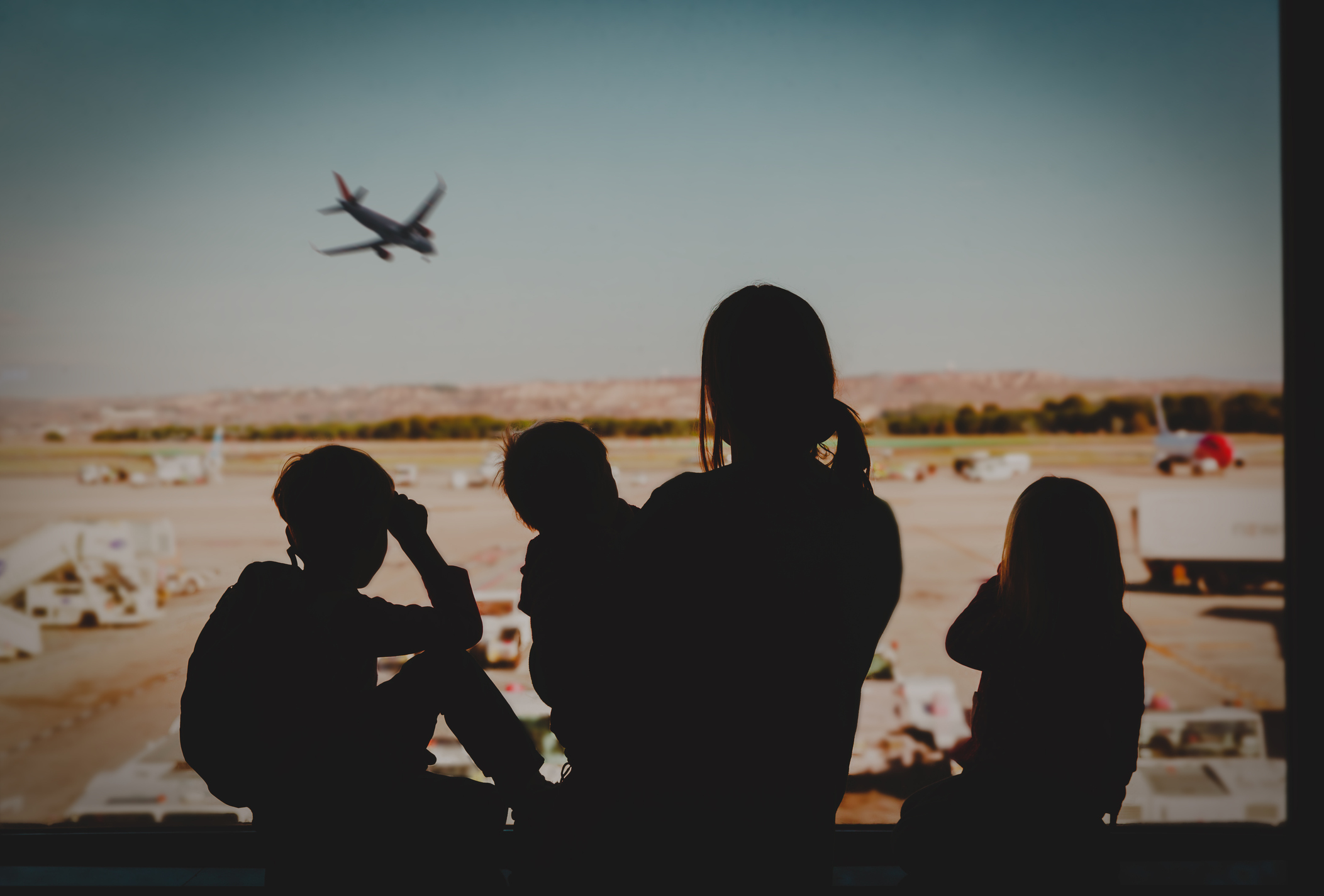Flight, or "panic mobility" as Robin Cohen describes it, is probably the most common human response to epidemics. Research based on the Human Relations Area Files found out that 46 percent of the 229 archived societies experienced population flight in high mortality epidemics, the most common reaction recorded across cultures.[1] Flight is usually expected before and during the imposition of a cordon sanitaire. [2] The Wuhan lock down on 23 January 2020 triggered 300,000 extra people leaving during the first 10 hours.[3] Flight is thus a critical fact that epidemic management must take into consideration.
However, curiously enough, we know little about this movement, for instance who are more likely to flee, why and how.
Flight means different things to different people. As Robin demonstrates so vividly, the privileged flee as if they are having a retreat: moving to their holiday homes out of cities. No one can deny their right and capability to flee—how can anyone stop them from visiting their own properties?
The less privileged, however, are sometimes accused of fleeing even when they are not. Rural-urban migrant workers in China during the SARS outbreak in 2003, for instance, had to move from cities to back home because of the loss of jobs caused by the panic among urban residents and drastic government actions. It was believed that they fled and therefore spread the virus.[4] Those who flee from lock down—unless you have a second home elsewhere—are deemed immoral and even punishable. Do people have the legal right to flee in these circumstances? When a cordon sanitaire becomes necessary, how can governments minimize panic mobility?
This could be a new area of migration study in years to come.
I was thus thrilled to receive Robin’s essay. Robin turns 76 this year. We all know what advanced age means in this epidemic. The don of diaspora and globalization studies, he has directly influenced three generations of migration scholars (his own generation, the generation of Steve Vertovec and Nick van Hear, and mine). Facing gloomy uncertainties, he looks into history at what surrounds him so attentively, and writes with such deep insights and beautiful clarity.
Robin, you bring light in these grey days. We do not flee, we do not surrender, we are not stuck. We are simply here. Here we cope, here we observe, here we think and think together.
References
[1] McGrath, Janet. 1991. Biological Impact of Social Disruption Resulting From Epidemic Disease. American Journal of Physical Anthropology, 84,4: 407-419.
[2] Institute for Bioethics, Health Policy and Law. 2003. Quarantine and Isolation: Lessons Learned from SARS. A Report to the Centers for Disease Control and Prevention. University of Louisville, School of Medicine. Available at https://biotech.law.lsu.edu/blaw/cdc/SARS_REPORT.pdf
[3] XU Xiao-ke, WEN Cheng, ZHANG Guang-yao, SUN Hao-chen, LIU Bo, WANG Xian-wen. 2020. “Xinguan Feiyan Baofa Qianqi Wuhan Wailiu Renkou de Dili Quxiang Fenbu ji Yingxiang.” [The Geographical Destination Distribution and Effects of the Population Outflow from Wuhan In the Initial Stage of COVID-19 Outbreak]. Journal of University of Electronic Science and Technology of China. On-line publication on 27 February 2020. doi: 10.12178/1001-0548.2020033
[4] Xiang, Biao. 2003. SARS and Migrant Workers in China. Asian and Pacific Migration Journal. 12 (4): 467-499.
